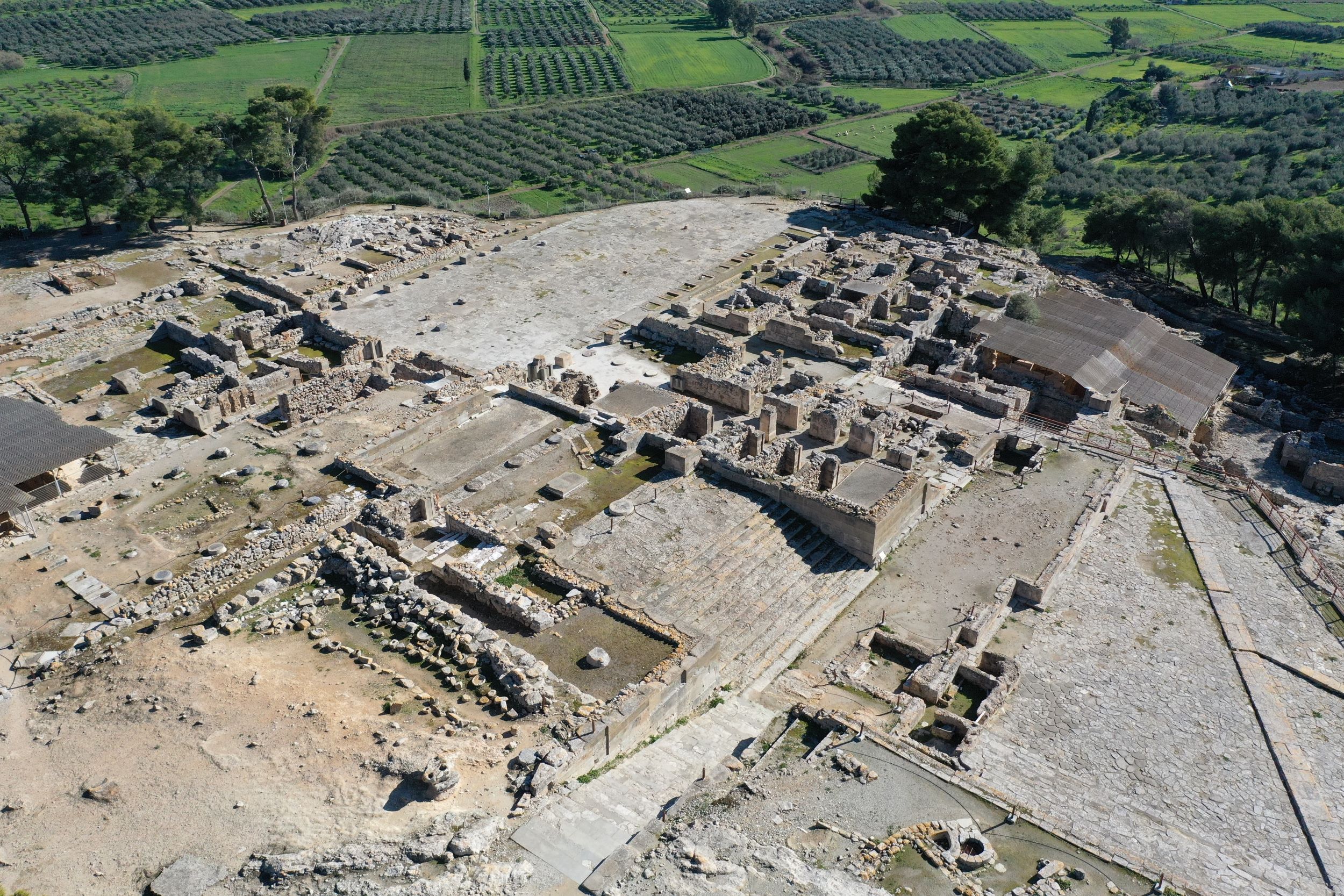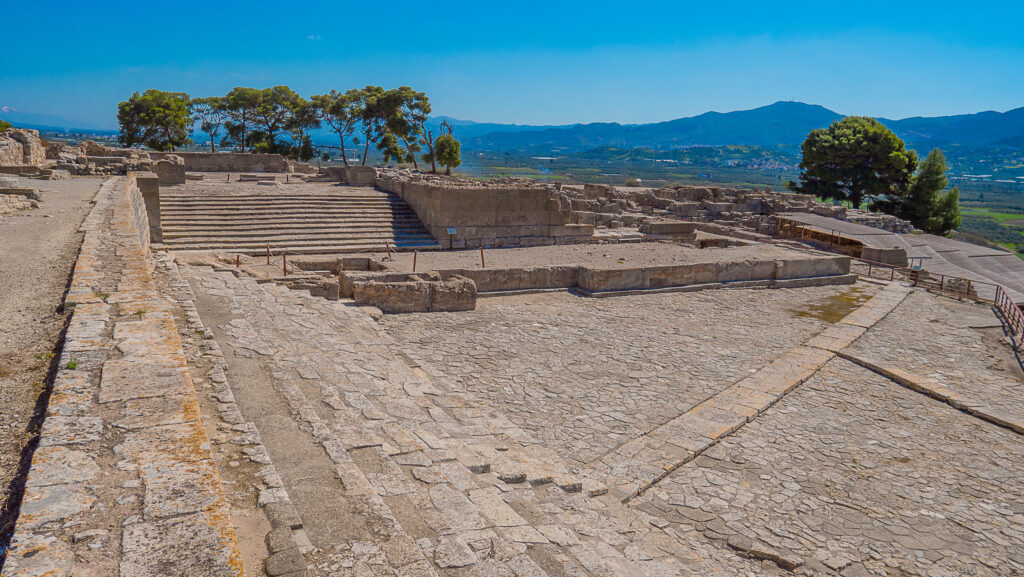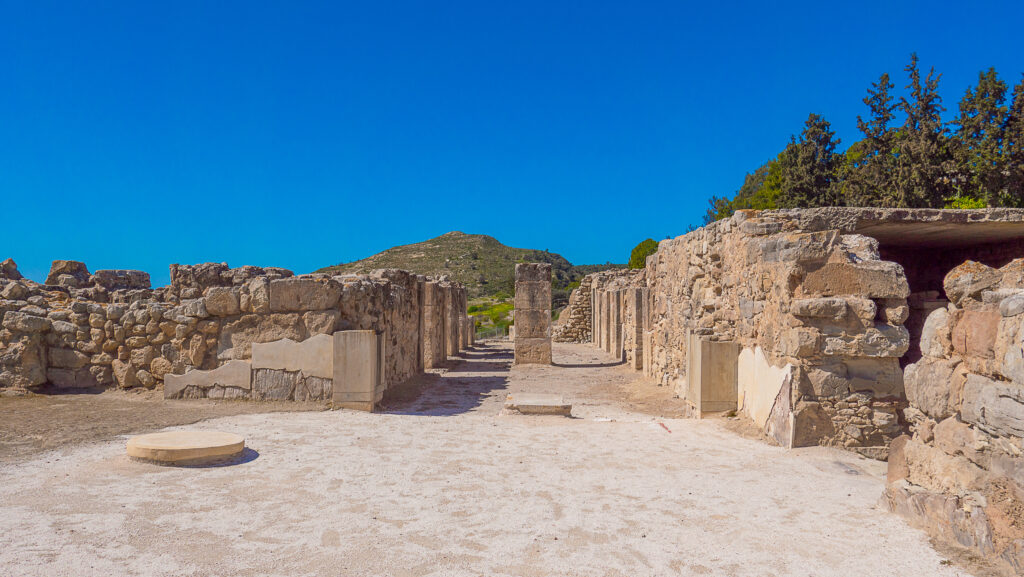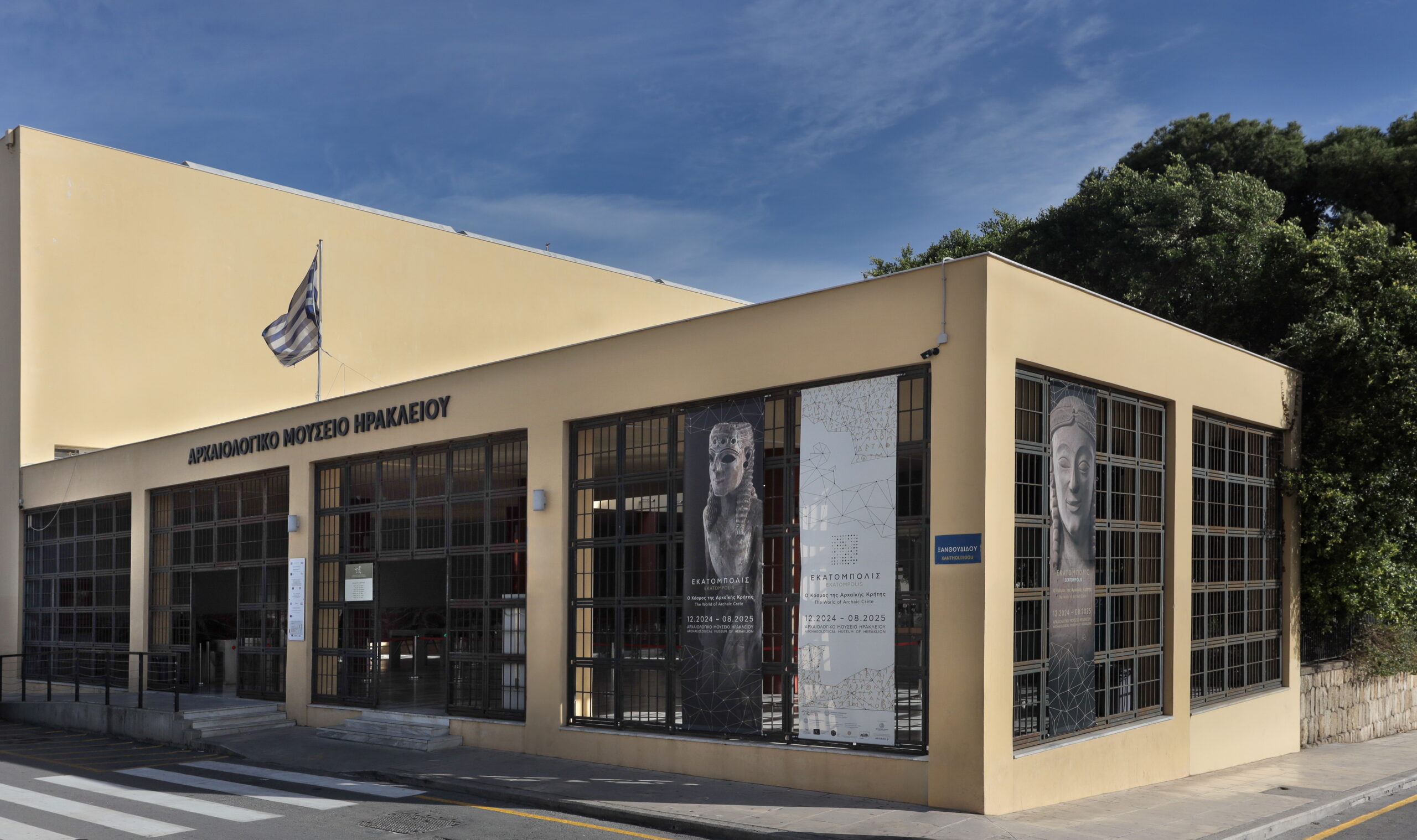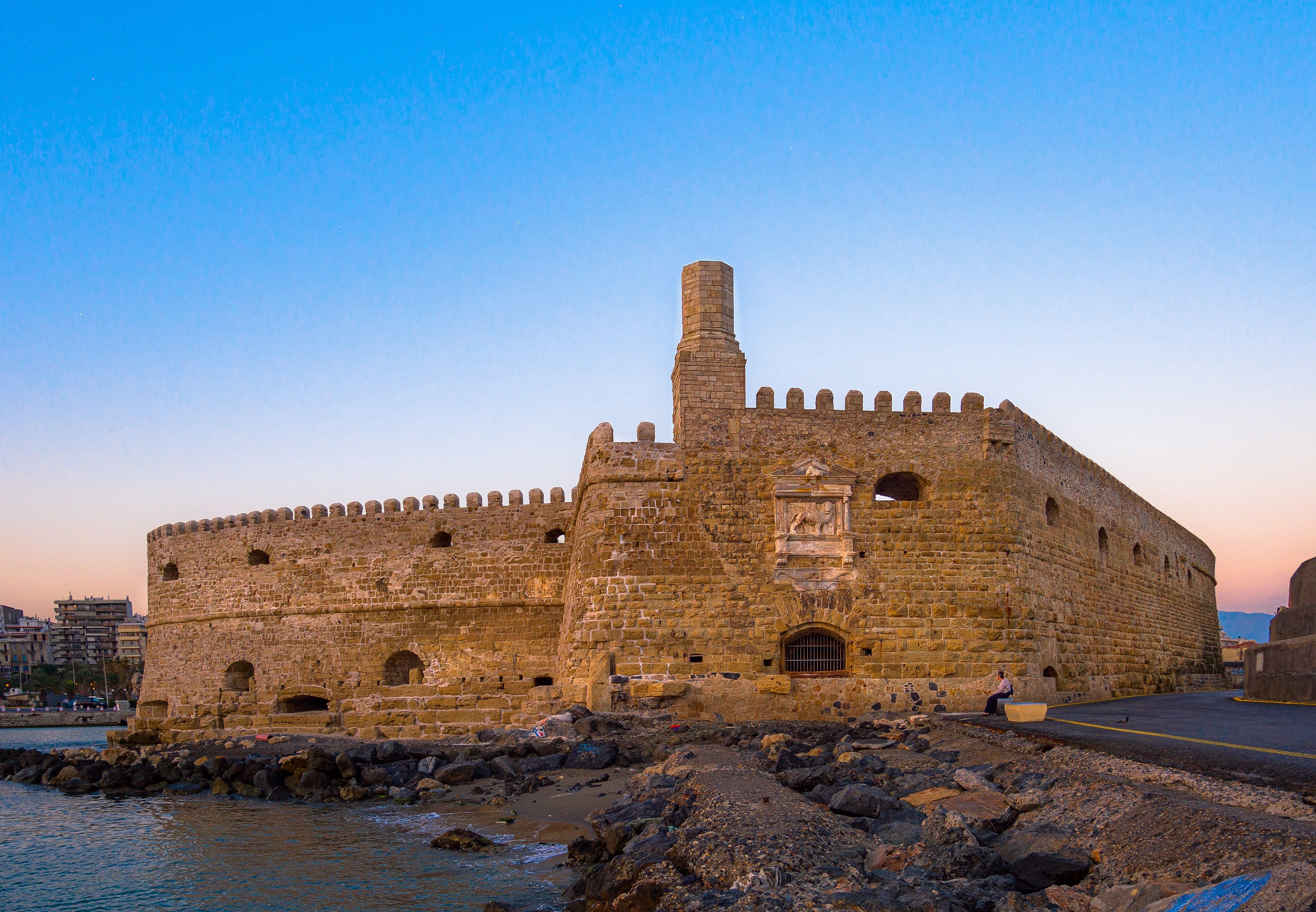If all you know about Phaistos is its enigmatic Disc with the hieroglyphic symbols, then it’s time to discover more about the second most important town of ancient Crete.
Built on a low hill overlooking the fertile plain of Messara, according to legend, Phaistos was founded by Minos, with his brother, Radamanthus, taking over as king.
The Minoan period in Phaistos began around the middle of the 3rd millennium BC, whereas the palace was constructed around 1900 BC. Similarly to the palace of Knossos, it was devastated by an earthquake in 1700 BC, to be replaced by an even grander structure. The decline of Minoan civilization did not mark the end of Phaistos, which continued to develop until the Hellenistic period, only to lose its splendour only in 160 BC, when it was conquered by the neighbouring Gortyna, a town occupied by the Romans.
The ruins of the town, which – apart from the palace – include the archaic temple of Rhea and Hellenistic buildings, still stand stoically among the towering pines, bearing witness to the glorious trajectory of Phaistos throughout the centuries.
The Palace of Phaistos, second in size only to that of Knossos and remarkable for its architectural design and construction, is now recognized as a UNESCO World Heritage monument, along with five other Minoan palaces.
Access
70200
Phaistos, Messara
By intercity bus, 1 hour and 40 minutes from the city of Heraklion
1 hour from the city of Heraklion
Opening hours
April 1 – August 31
Daily: 08:00 – 20:00
September 1 – 15
Daily: 08:00 – 19:30
September 16 – 30
Daily: 08:00 – 19:00
October 1 – 15
Daily: 08:00 – 18:30
October 16 – 31
Daily: 08:00 – 18:00
November 1 – March 31
Daily: 08:30 – 15:30
The site remains closed on the following dates and public holidays: January 1, March 25, May 1, Easter Sunday, December 25 & 26.
Tickets
Full: €15,00
Reduced: €8,00
Amenities
Contact
Archaeological Site of Phaistos
Τ: +30 28920 42315

